Home>Gardening & Outdoor>Plant Care & Gardening Tips>How Do I Plant Native Pecans
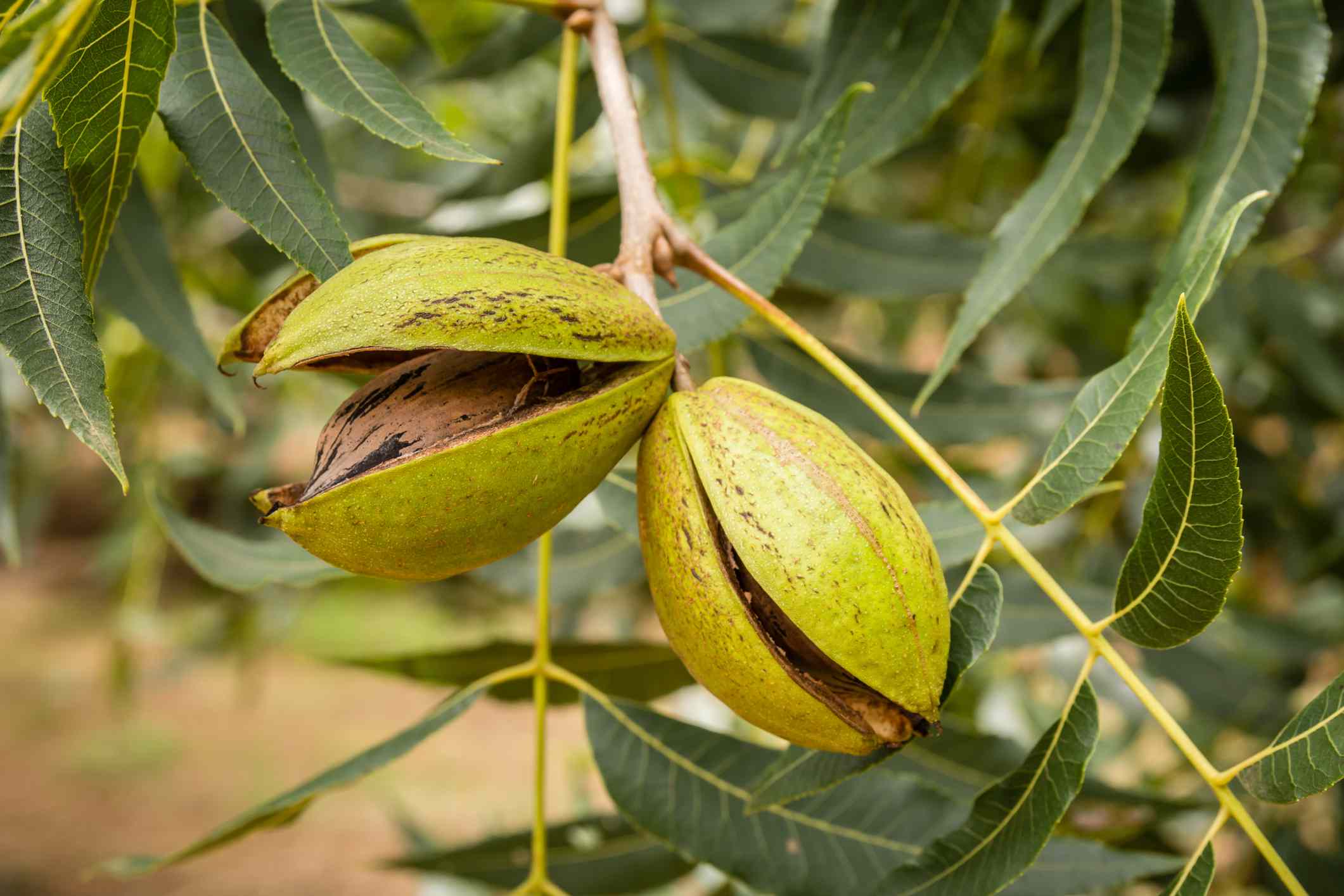

Plant Care & Gardening Tips
How Do I Plant Native Pecans
Published: December 25, 2023
Learn how to plant native pecans with our expert plant care and gardening tips. Discover the best practices for successful pecan tree cultivation.
(Many of the links in this article redirect to a specific reviewed product. Your purchase of these products through affiliate links helps to generate commission for Storables.com, at no extra cost. Learn more)
Introduction
So, you've decided to embark on the wonderful journey of planting native pecans. Congratulations! Pecan trees are not only a beautiful addition to any landscape, but they also provide a delicious and nutritious harvest. Whether you're a seasoned gardener or just starting out, growing native pecans can be a rewarding experience.
In this guide, we'll explore everything you need to know about planting and caring for native pecans. From selecting the right location to harvesting the delectable nuts, we'll cover each step with expert tips and insights. By the end of this article, you'll be well-equipped to nurture your very own thriving pecan tree and enjoy the bountiful rewards it offers.
So, let's roll up our sleeves and delve into the fascinating world of native pecans. Get ready to witness the magic of nature as we uncover the secrets to successful pecan cultivation. Whether you're aiming to create a picturesque orchard or simply want to relish the joy of homegrown pecans, this guide will be your trusted companion throughout the entire process. Let's get started!
Key Takeaways:
- Choose a sunny, spacious spot with well-drained soil to plant native pecans. Consider climate and soil amendments for a thriving tree and bountiful harvest.
- Care for native pecans by watering, fertilizing, pruning, and monitoring for pests. Enjoy the harvest by gathering, processing, and savoring the delicious pecans.
Read more: How Do I Plant Native Pecans In Texas
Selecting the Right Location
Choosing the perfect spot to plant your native pecan tree is crucial for its long-term health and productivity. Native pecans thrive in well-drained soil and require abundant sunlight to flourish. When scouting for the ideal location, consider the following factors:
- Sunlight: Pecan trees love basking in the sun, so opt for a location with full sunlight exposure. Aim for at least 6 to 8 hours of direct sunlight daily to promote optimal growth and fruiting.
- Soil Drainage: Ensure the chosen site has well-draining soil to prevent waterlogging, which can lead to root rot. Pecan trees prefer loamy soil but can adapt to various soil types, provided they drain well.
- Space: Native pecans can grow to be quite expansive, so select a location that offers ample space for the tree to spread its branches without obstruction.
- Climate: Consider the climate of your region. Native pecans are best suited to areas with long, hot summers and mild winters. They can thrive in diverse climates, from humid subtropical regions to arid, semi-arid locales.
By carefully evaluating these factors, you can identify the optimal spot for your native pecan tree. Remember, the right location sets the stage for a thriving and abundant pecan harvest, so take the time to choose wisely.
Preparing the Soil
Before planting your native pecan tree, it’s essential to prepare the soil to provide an optimal environment for its growth. Here are the key steps to ensure your pecan tree’s roots have the best possible start:
- Soil Testing: Conduct a soil test to assess its pH and nutrient levels. This will help determine if any amendments are needed to create a suitable growing medium for the pecan tree.
- Soil Amendments: Based on the soil test results, amend the soil as necessary. Adding organic matter such as compost or well-rotted manure can improve soil structure and fertility. Additionally, adjusting the pH level to the ideal range of 6.0 to 7.0 is beneficial for pecan tree growth.
- Weed Control: Clear the planting area of any weeds or unwanted vegetation. This prevents competition for nutrients and reduces the risk of weed interference after planting.
- Deep Tilling: Use a tiller to deeply cultivate the soil, breaking up compacted layers and creating a loose, aerated environment for the pecan tree’s roots to establish and expand.
By investing time and effort in soil preparation, you set the stage for your native pecan tree to thrive and produce a bountiful harvest. Remember, healthy soil is the foundation for healthy plants, and native pecans are no exception.
Choosing the Right Pecan Variety
When it comes to selecting a pecan variety for your orchard or garden, several factors come into play. The choice of variety can significantly impact the tree’s growth, nut production, and overall resilience. Here are key considerations to keep in mind when choosing the right pecan variety:
- Climate Suitability: Different pecan varieties thrive in specific climate zones. Consider the average temperatures and chilling hours in your region to select a variety that is well-suited to your local climate.
- Pollination Requirements: Pecan trees are categorized as either protandrous (Type I) or protogynous (Type II) in terms of their flowering and pollination patterns. It’s essential to plant compatible varieties to ensure proper pollination and maximize nut production.
- Nut Characteristics: Evaluate the nut size, flavor, and shell thickness of each pecan variety. Some varieties are prized for their large, flavorful nuts, while others may be preferred for their ease of cracking and shelling.
- Tree Size and Growth Habits: Consider the mature size of the pecan tree, as well as its growth habits. Some varieties are known for their compact growth, making them suitable for smaller spaces, while others are vigorous and expansive.
By carefully considering these factors, you can choose a pecan variety that aligns with your specific growing conditions and preferences. Whether you prioritize high nut yields, disease resistance, or unique flavor profiles, there’s a pecan variety that’s perfect for your gardening aspirations.
When planting native pecans, choose a sunny location with well-drained soil. Plant the pecan tree in the spring and water it regularly, especially during the first few years of growth. Be sure to space the trees at least 60 feet apart to allow for proper growth.
Planting the Pecan Tree
Now that you’ve selected the ideal location and prepared the soil, it’s time to plant your native pecan tree. Follow these steps to ensure a successful and thriving establishment:
- Timing: Plant pecan trees during the dormant season, typically in late winter or early spring. This allows the tree to acclimate to its new environment and develop strong roots before the onset of intense summer heat.
- Planting Hole: Dig a hole that is wide and deep enough to accommodate the tree’s root system without crowding or bending the roots. The hole should be at least twice the width of the root ball and deep enough for the roots to be fully submerged without being compacted.
- Root Preparation: If the pecan tree is bare-root, carefully spread out the roots in the planting hole. For container-grown trees, gently loosen the roots to encourage outward growth and prevent circling.
- Backfilling: Fill the hole with the amended soil, ensuring that the tree is planted at the same depth it was previously growing. Tamp down the soil gently as you backfill to remove air pockets and provide stability to the tree.
- Watering and Mulching: After planting, thoroughly water the tree to settle the soil and hydrate the roots. Apply a layer of organic mulch around the base of the tree, leaving a few inches of space around the trunk to prevent moisture-related issues.
By following these planting guidelines, you give your native pecan tree the best start possible, setting it on a path toward robust growth and abundant nut production. Remember to provide regular care and monitoring as the tree establishes itself in its new home.
Read more: How Do I Plant Native Plants In Chicago
Caring for Native Pecans
Once your native pecan tree is in the ground, it’s essential to provide ongoing care to support its growth and development. Here are the key aspects of caring for native pecans:
- Watering: Native pecan trees benefit from consistent moisture, especially during dry spells and the growing season. Deep, infrequent watering is preferable to frequent shallow watering, as it encourages deep root establishment.
- Fertilization: Apply a balanced fertilizer in early spring to provide essential nutrients for the tree’s growth. Consider conducting a soil test to determine specific nutrient needs and adjust the fertilizer application accordingly.
- Pruning: Regular pruning is essential to shape the tree, remove dead or diseased wood, and promote adequate sunlight penetration and air circulation within the canopy. Prune during the dormant season to minimize stress on the tree.
- Pest and Disease Management: Monitor the tree for signs of pests and diseases, and take proactive measures to address any issues that arise. Implement cultural practices to promote tree vigor and resilience, reducing the need for chemical interventions.
- Support and Training: Young pecan trees may benefit from staking or training to encourage straight, sturdy growth. Assess the tree’s structure regularly and provide support as needed to prevent leaning or breakage.
By tending to these care essentials, you can foster the health and vitality of your native pecan tree, ensuring its potential for a prolific and enduring presence in your garden or orchard. Remember, consistent attention and thoughtful maintenance are key to nurturing a thriving pecan tree.
Harvesting and Enjoying Native Pecans
As your native pecan tree matures and bears fruit, the anticipation of a bountiful harvest becomes a delightful reality. Here’s how to make the most of your pecan harvest and savor the rewards:
- Timing: Monitor the pecan tree for signs of maturity, such as the husks splitting open and the nuts beginning to drop. Harvest the pecans promptly to prevent wildlife or environmental damage.
- Gathering: Collect the fallen pecans regularly, ensuring they are free from debris and husks. Handle the nuts gently to avoid causing damage to the shells or kernels.
- Processing: Shell the pecans using a nutcracker or other suitable tools. Take care to extract the kernels whole, as they are the prized edible portion of the pecan.
- Storage: Store the shelled pecans in a cool, dry place to maintain their freshness and flavor. Properly stored pecans can remain delicious for several months, making them readily available for culinary use.
- Culinary Delights: Incorporate the freshly harvested pecans into an array of culinary creations, from baked goods and confections to savory dishes and salads. The rich, buttery flavor of native pecans adds a delightful dimension to countless recipes.
By embracing the harvest and relishing the culinary versatility of native pecans, you can fully appreciate the fruits of your labor and the natural abundance that your pecan tree provides. Whether enjoyed on their own or as a star ingredient in delectable dishes, native pecans offer a delightful culinary journey that celebrates the beauty of homegrown goodness.
Frequently Asked Questions about How Do I Plant Native Pecans
Was this page helpful?
At Storables.com, we guarantee accurate and reliable information. Our content, validated by Expert Board Contributors, is crafted following stringent Editorial Policies. We're committed to providing you with well-researched, expert-backed insights for all your informational needs.
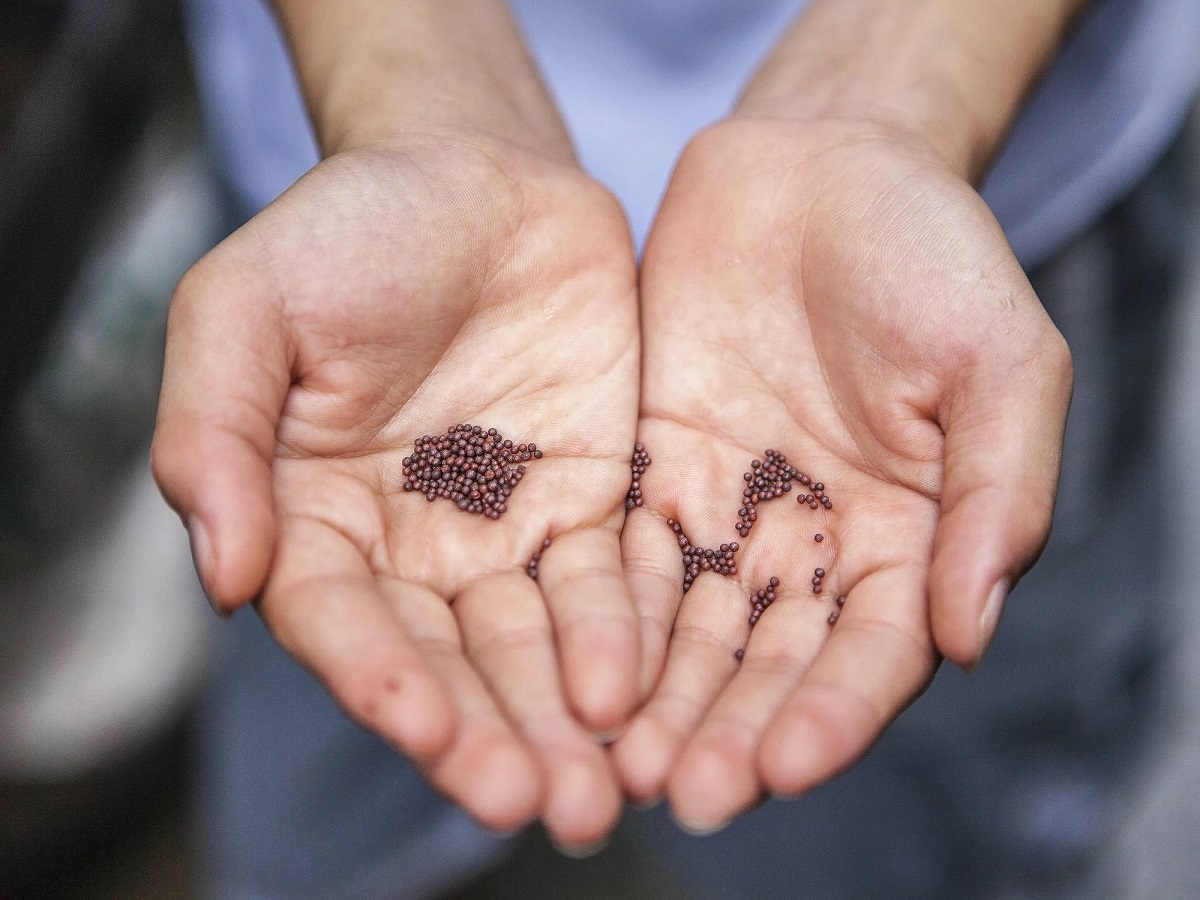
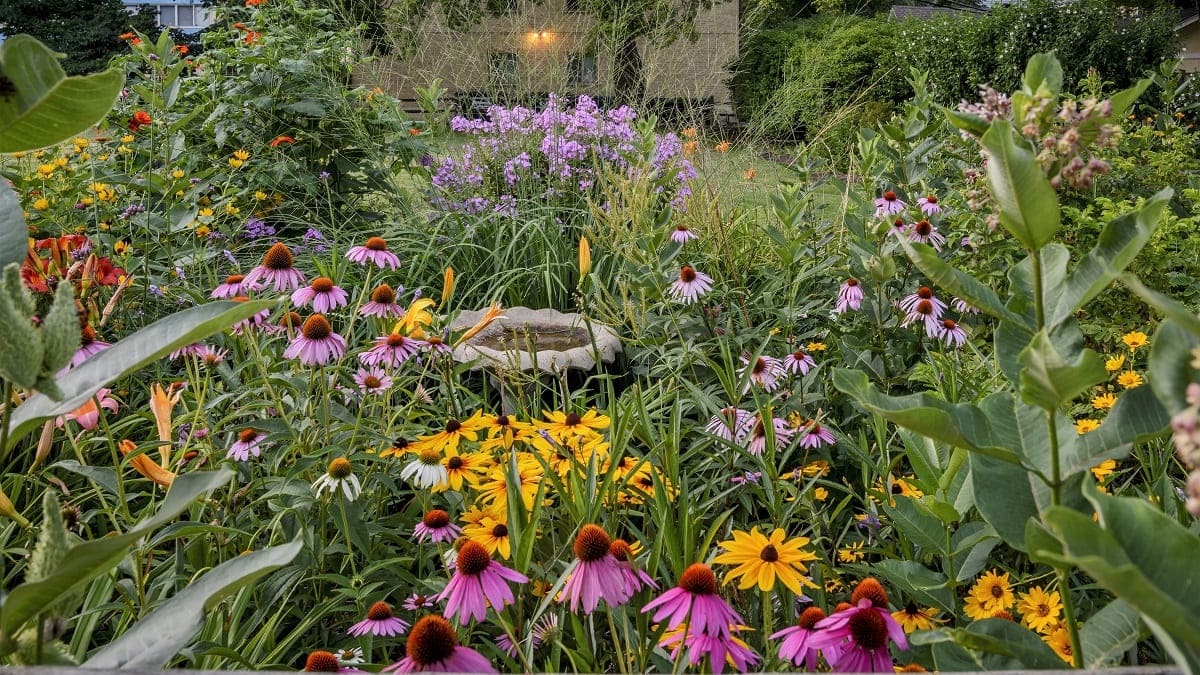
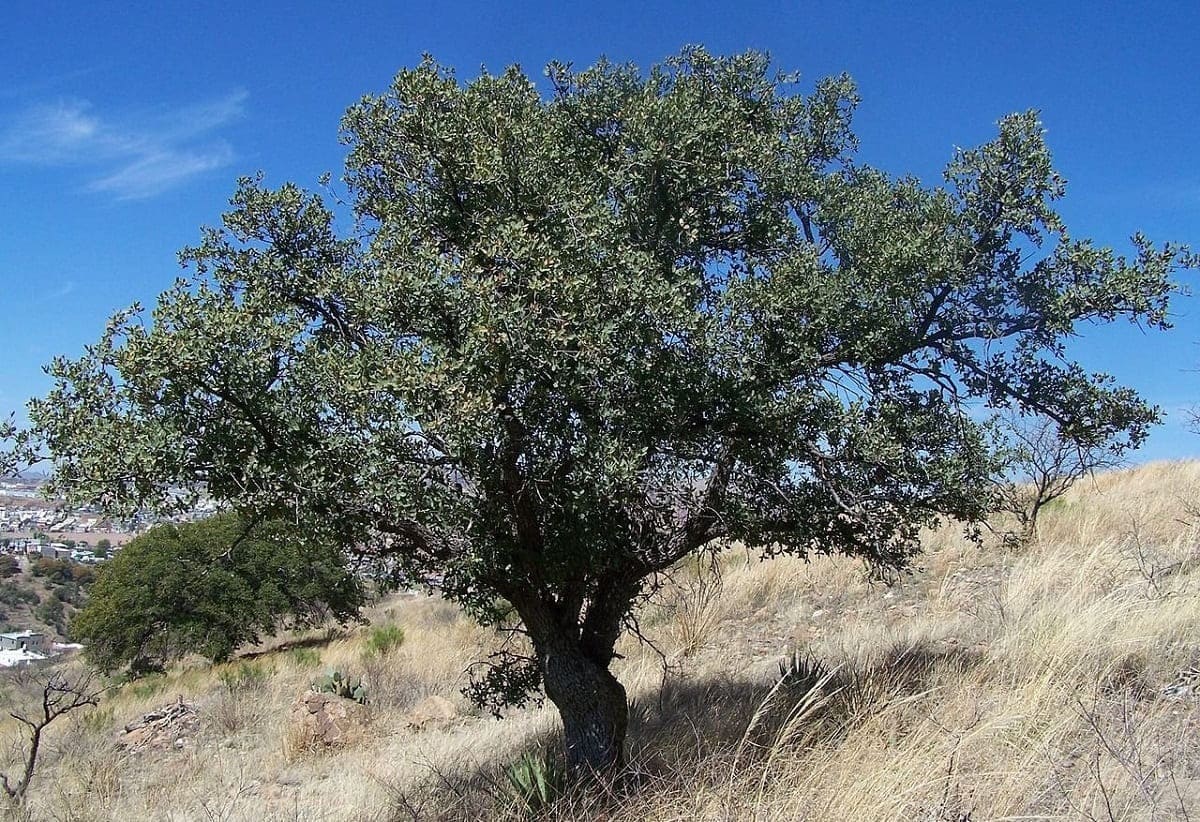
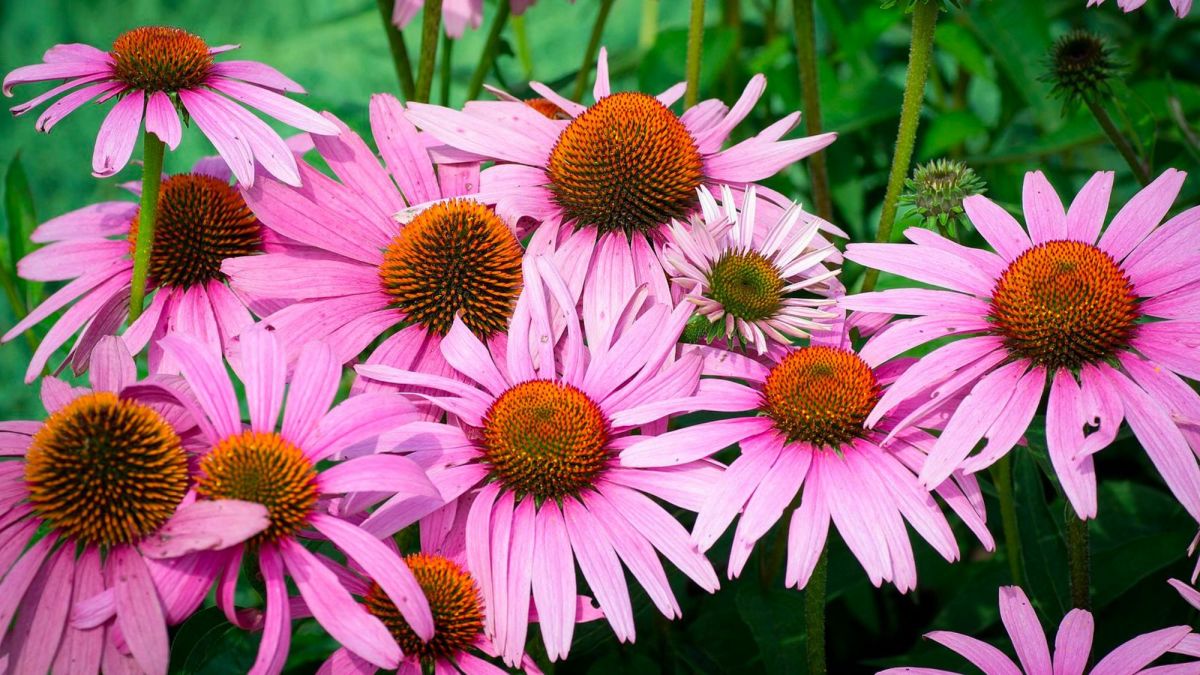
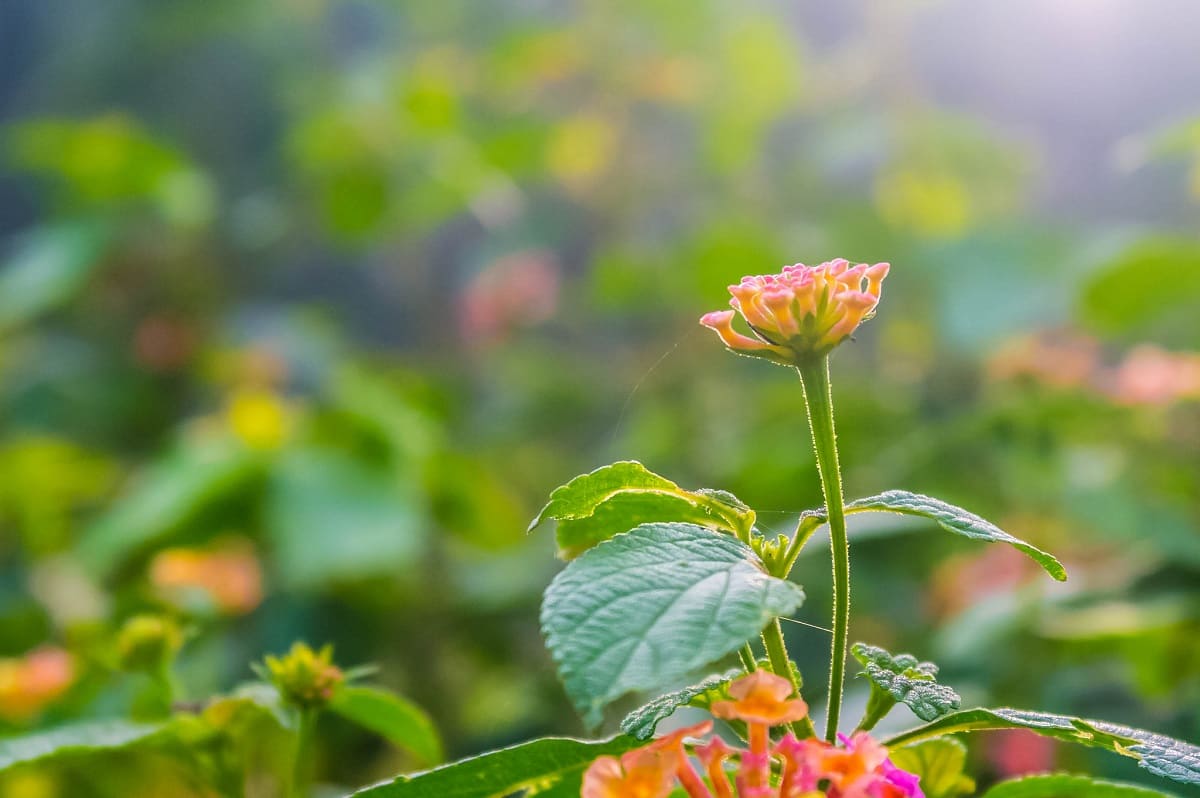
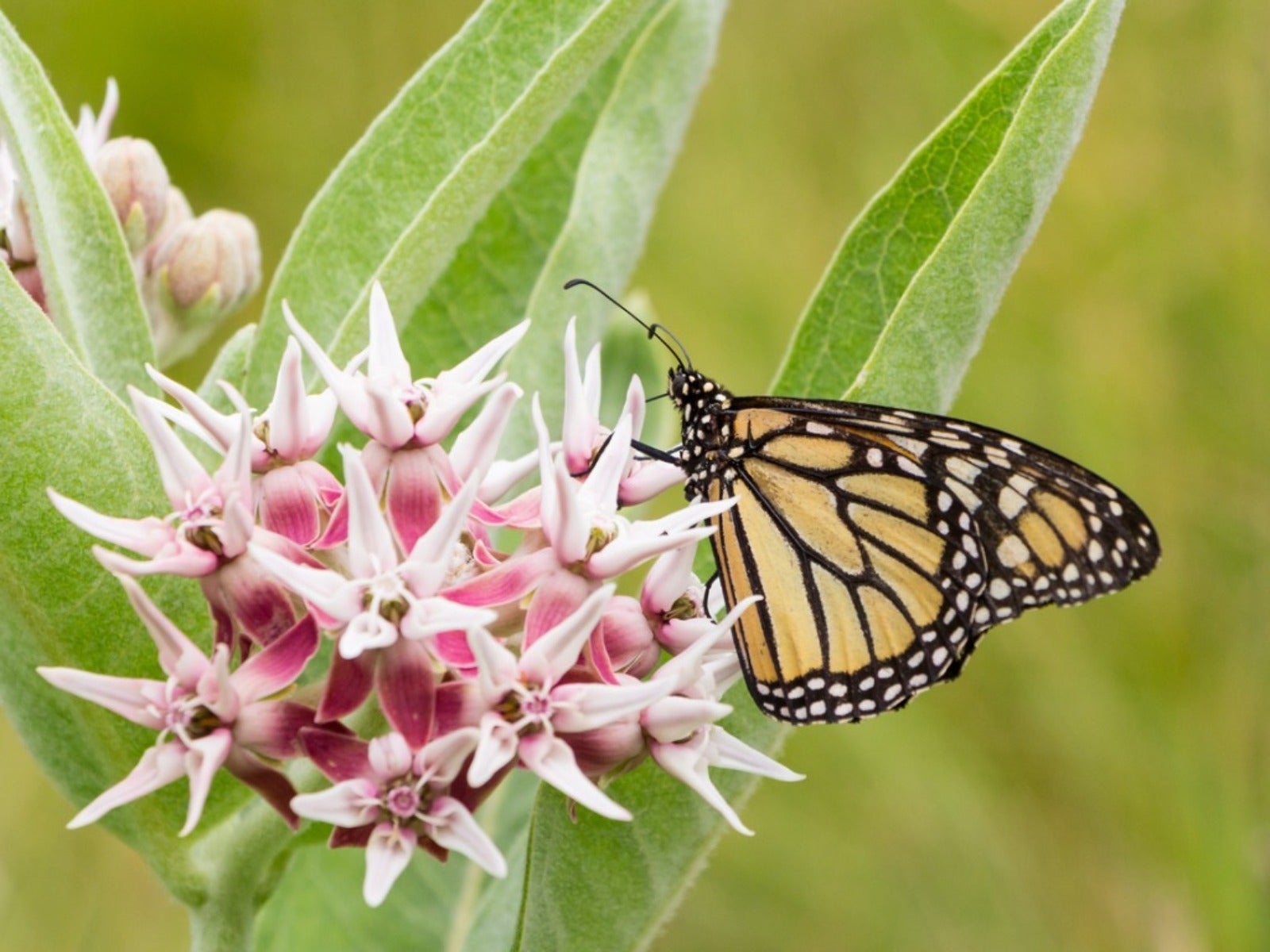

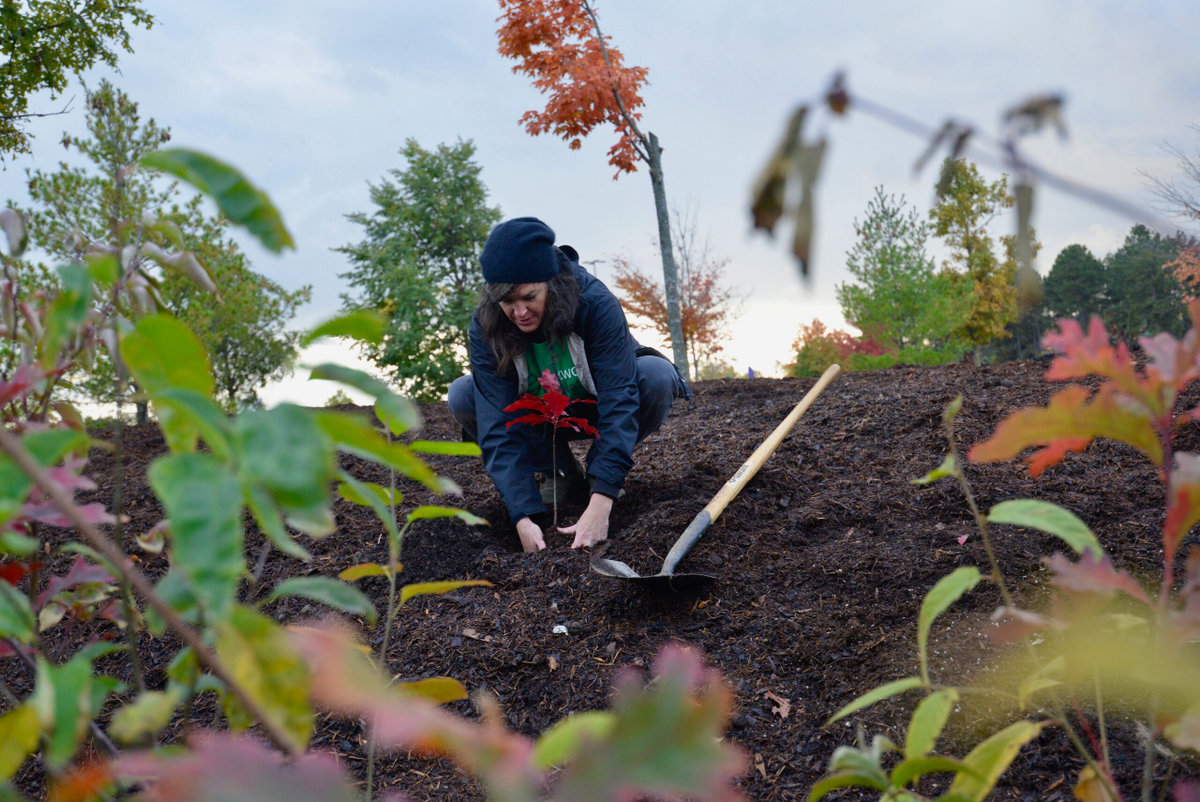
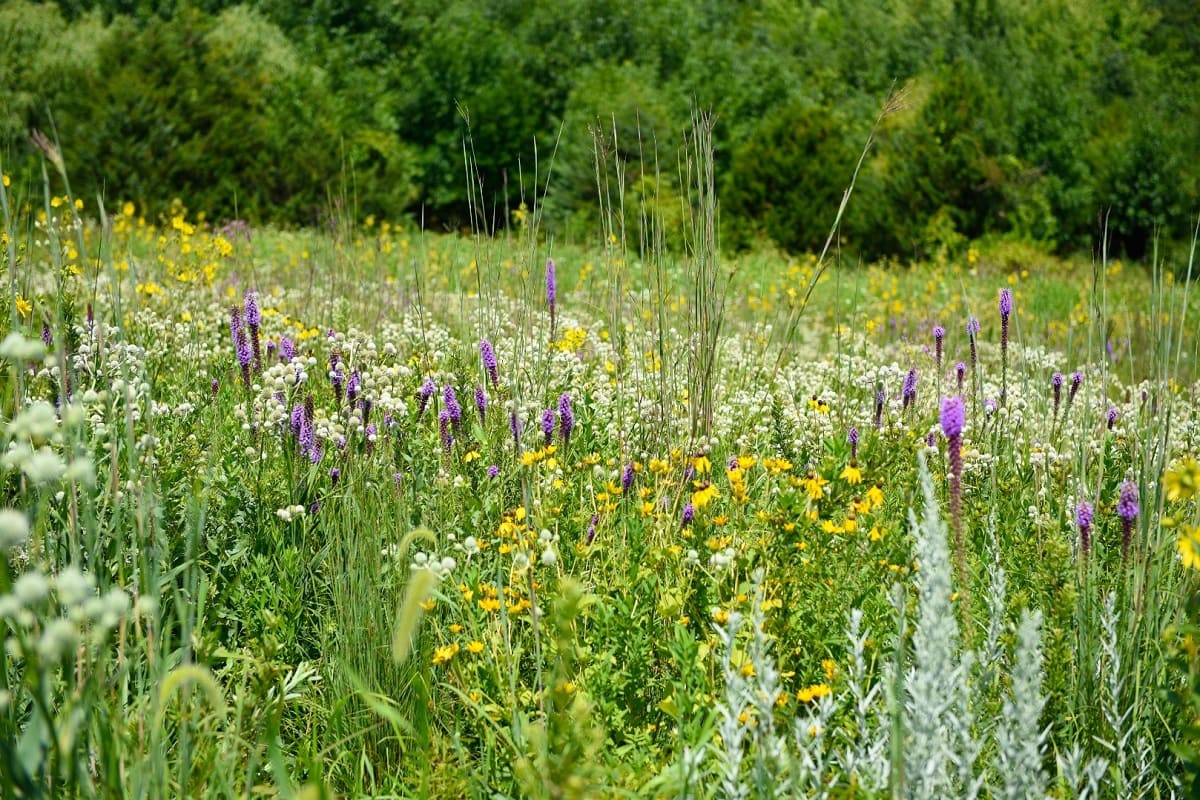
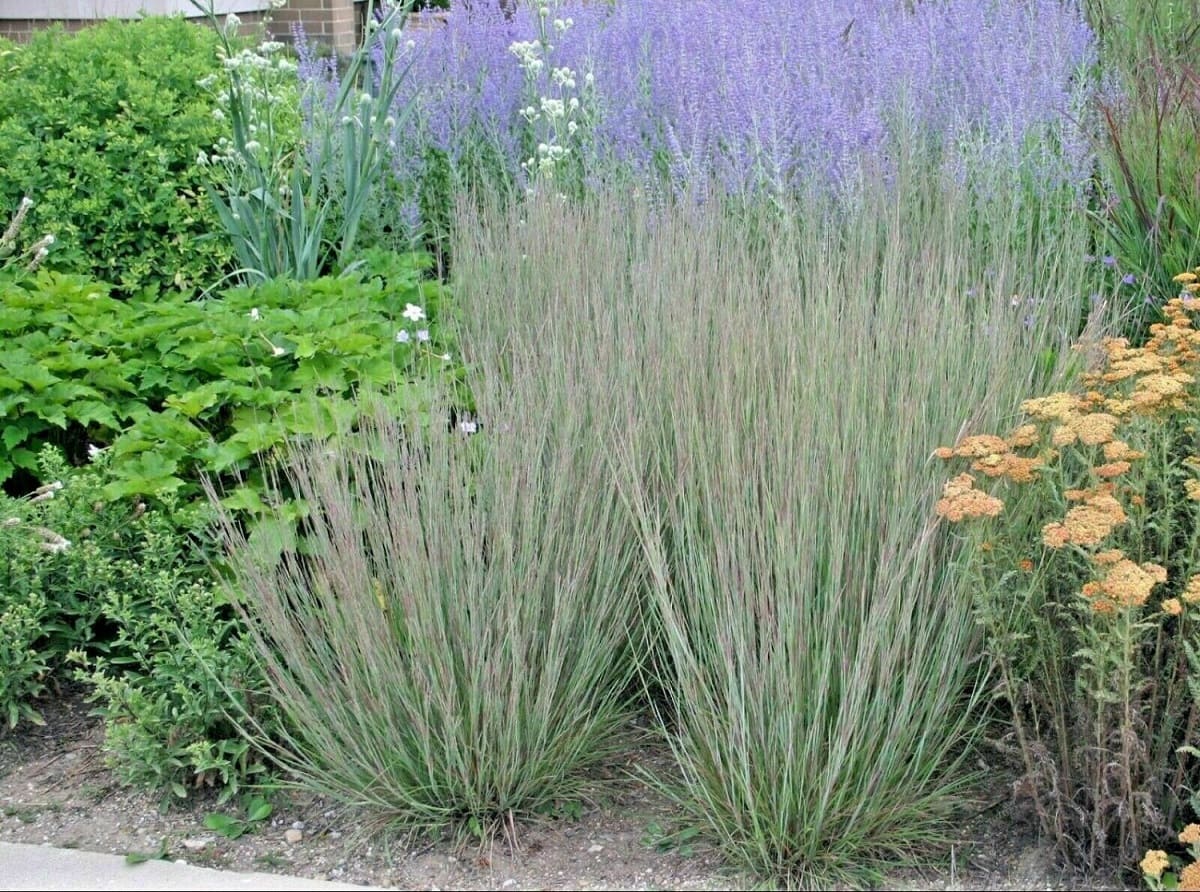
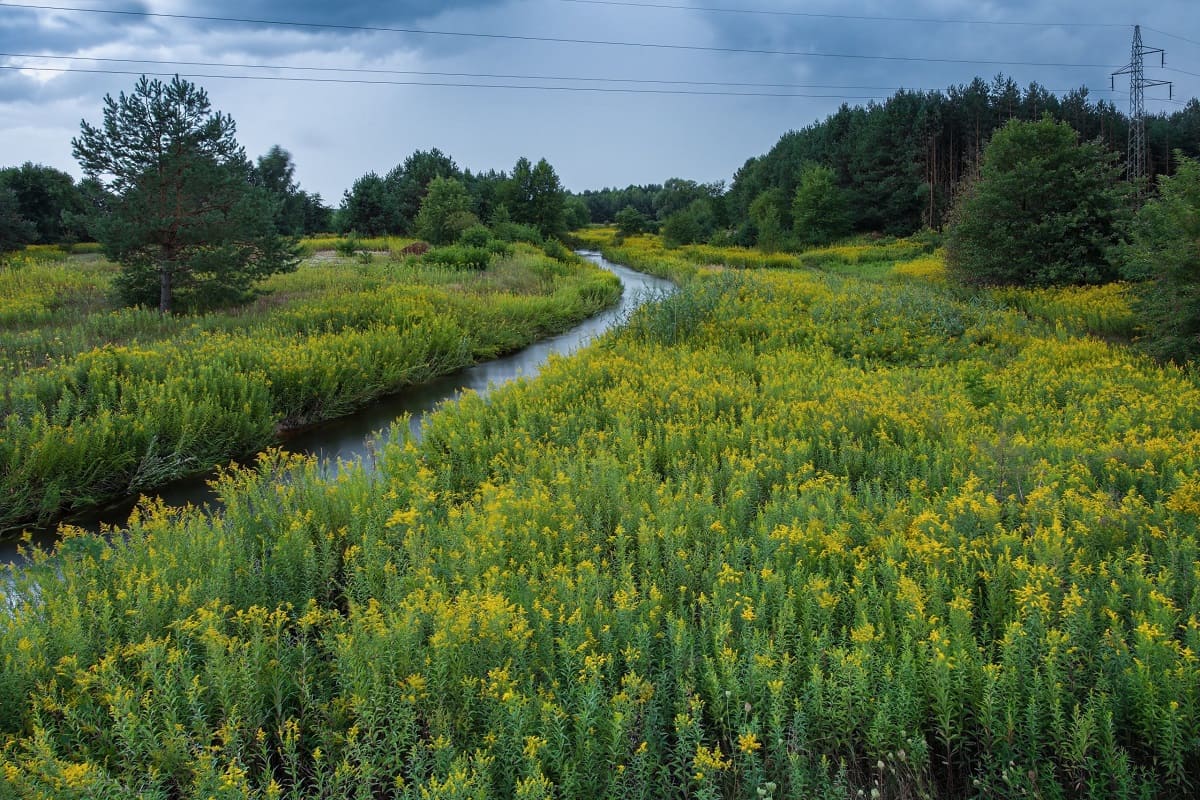

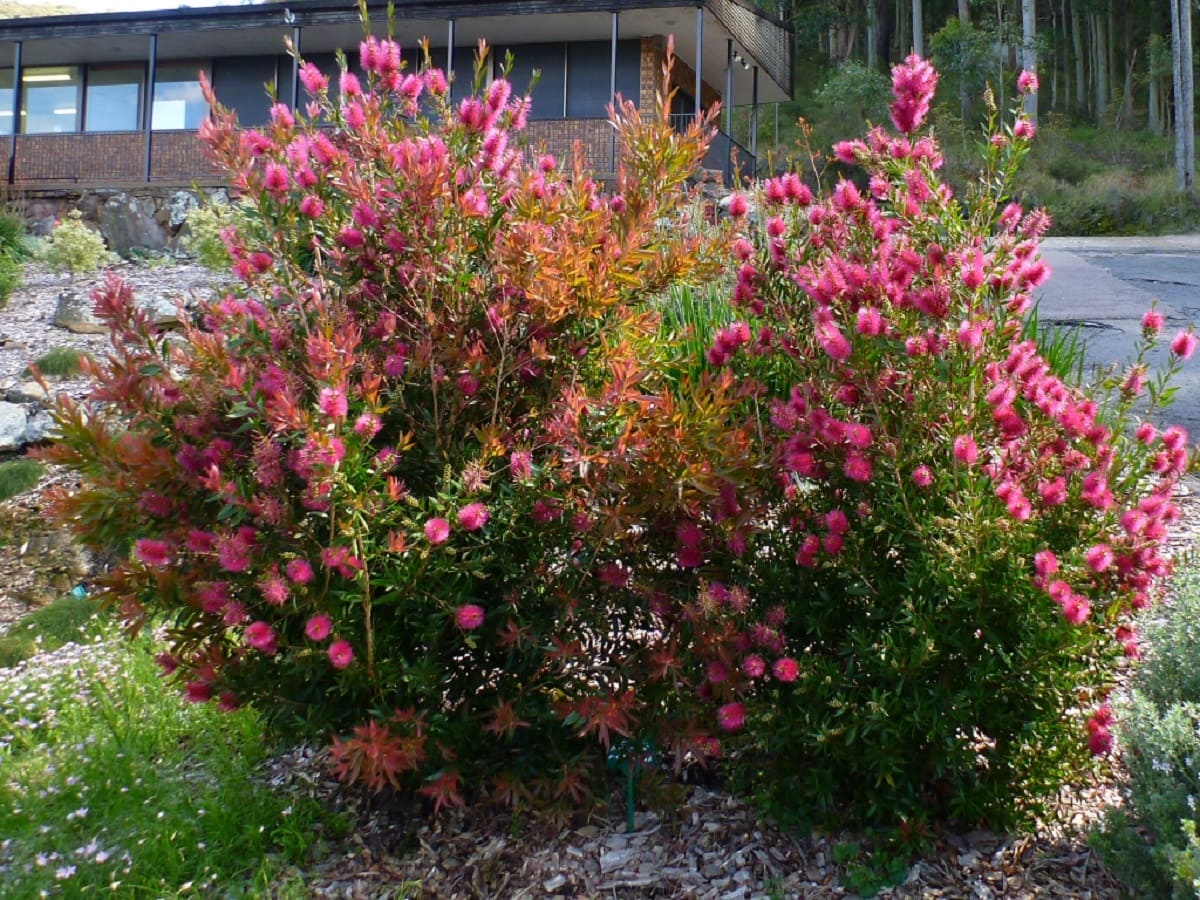
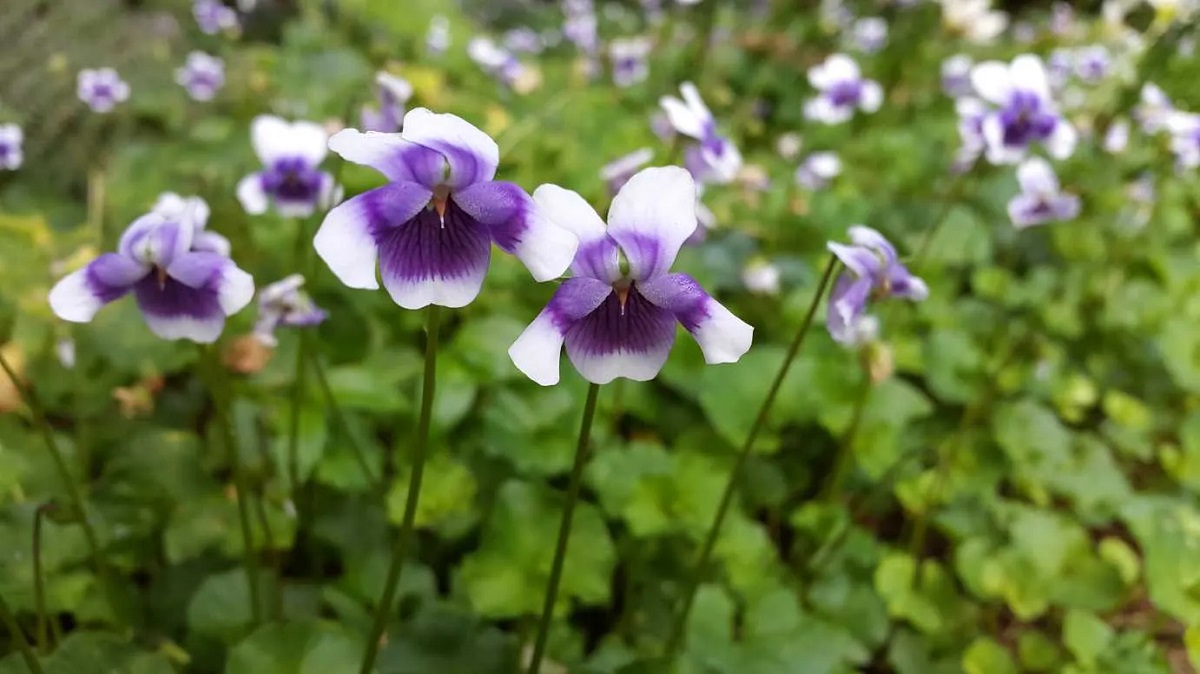

0 thoughts on “How Do I Plant Native Pecans”